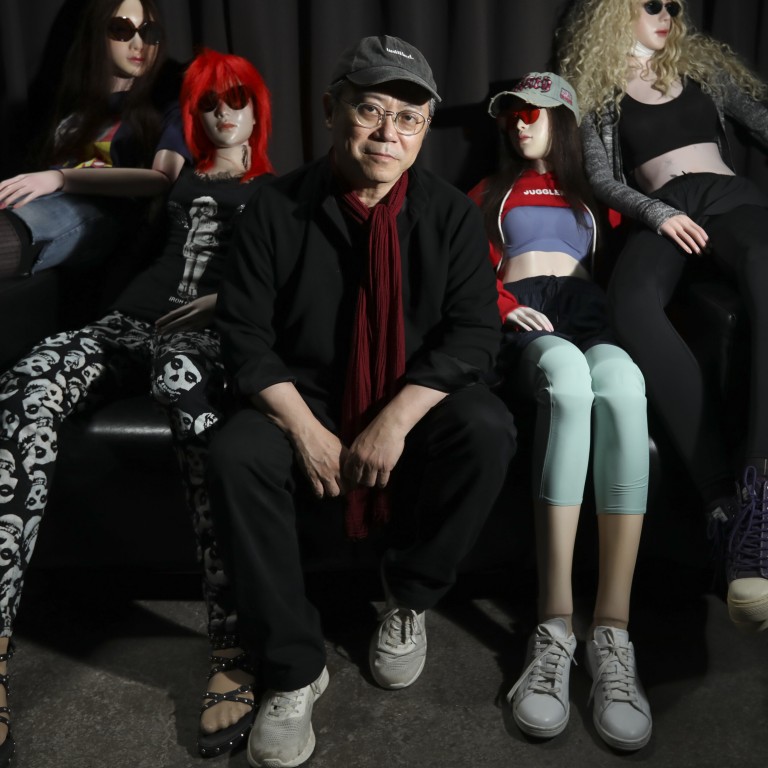
Profile | Hiding Michelle Yeoh’s broken leg, the martial arts moves of Chow Yun-fat in A Better Tomorrow - Oscar-winning art director Tim Yip on his movie career and his focus on art
- Yip, who won an Academy Award for Crouching Tiger, Hidden Dragon, recalls arriving on set to find the script incomplete, and star Michelle Yeoh breaking a leg
- A clash with a project for Chinese director Wu Ershan meant he couldn’t work on Disney’s Mulan, and besides, his focus now is on art, with a big UK show ahead
I was born in Hong Kong in 1967. I was the fourth of five siblings, with one older brother, two older sisters and one younger sister. My mother was a housewife and my dad worked at the Hotel Lisboa, in Macau. He was a fan of Cantonese opera.
We lived in Wan Chai and I attended a primary school under Tung Wah Group of Hospitals and then Kiangsu-Chekiang College. Childhood visits to Cantonese opera backstage piqued my interest in Chinese folk culture.
Festooned with lanterns and colourful decorations, the backstage scenes convey happiness. I felt excited to see them.
When I was young, I would draw to prove my self-worth. Whenever I drew, I got a lot of attention. People flocked to see my drawings displayed at schools or elsewhere. I was very proud of that. Whenever I felt frustrated, I would draw to regain my self-confidence.
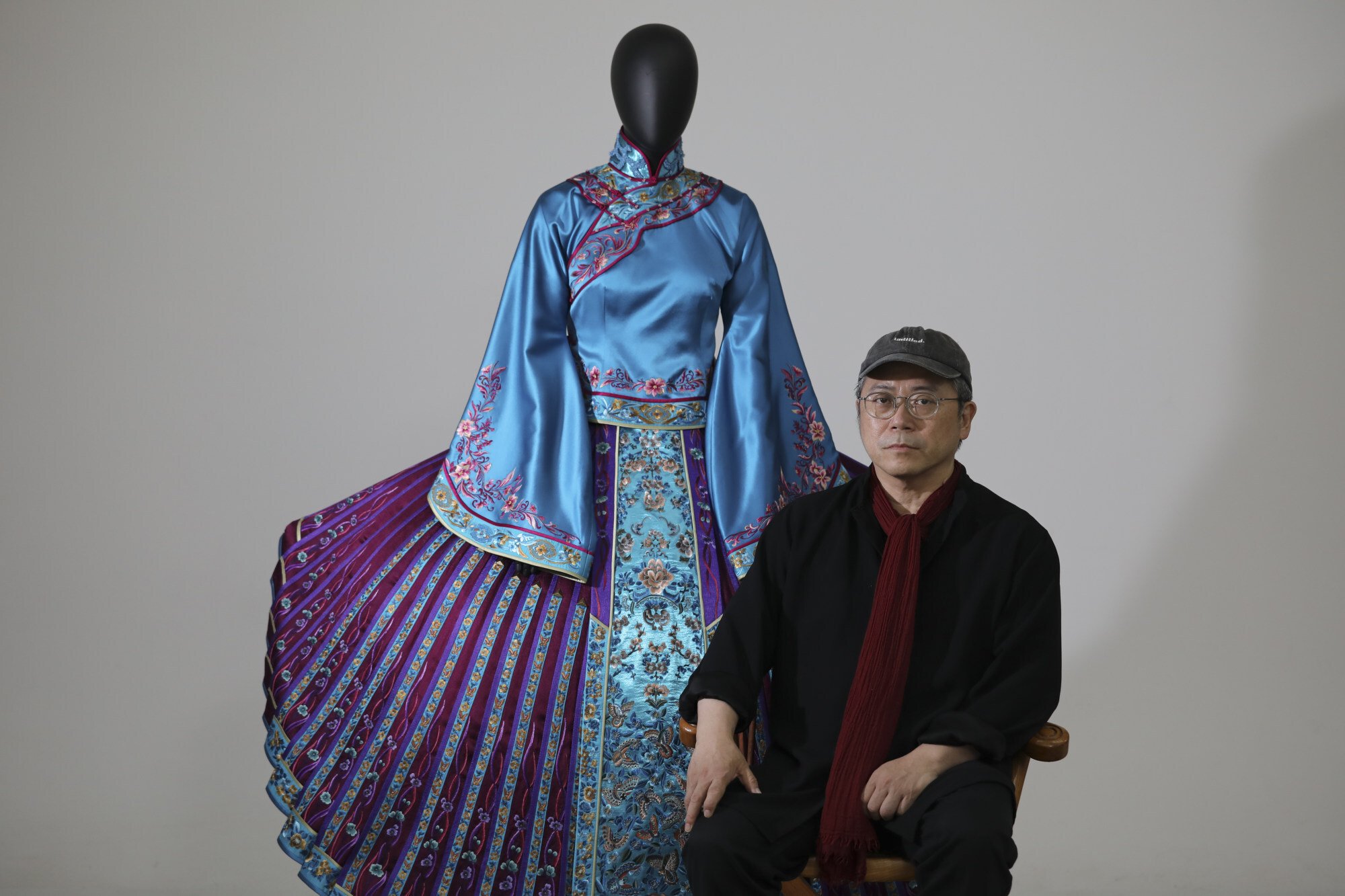
Fantasy world
I am not a talkative person so it was difficult for me to maintain a social life back then. I lived in my own world. When I was at school, I was always absorbed with my own thinking and not really paying attention to what the teachers were saying. I enrolled in many arts schools. But I skipped school whenever exams came up as I was afraid of exams.
Cultural Revolution piano lessons: ‘I’d hitchhike 60km to see a teacher’
At the First Institute of Art and Design, in Tai Hang, I got along really well with a group of mad teachers. The artistic fantasies and surrealism that show in my later works started to take root there.
I love Greek and Chinese mythology and their immense imagination. It’s like the world portrayed in the novels of martial arts writer Jin Yong, where women are beautiful and men are heroes. As I got older, I read Italian writer Dante’s Inferno from his epic poem Divine Comedy. The images of hell and heaven touched me.
I studied photography at [Hong Kong] Polytechnic University from 1983. Later, I did a lot of research on European painters and travelled around Europe, visiting Paris, London, Pisa and Florence in Italy, Vienna in Austria, Portugal, Spain, Yugoslavia and Greece.
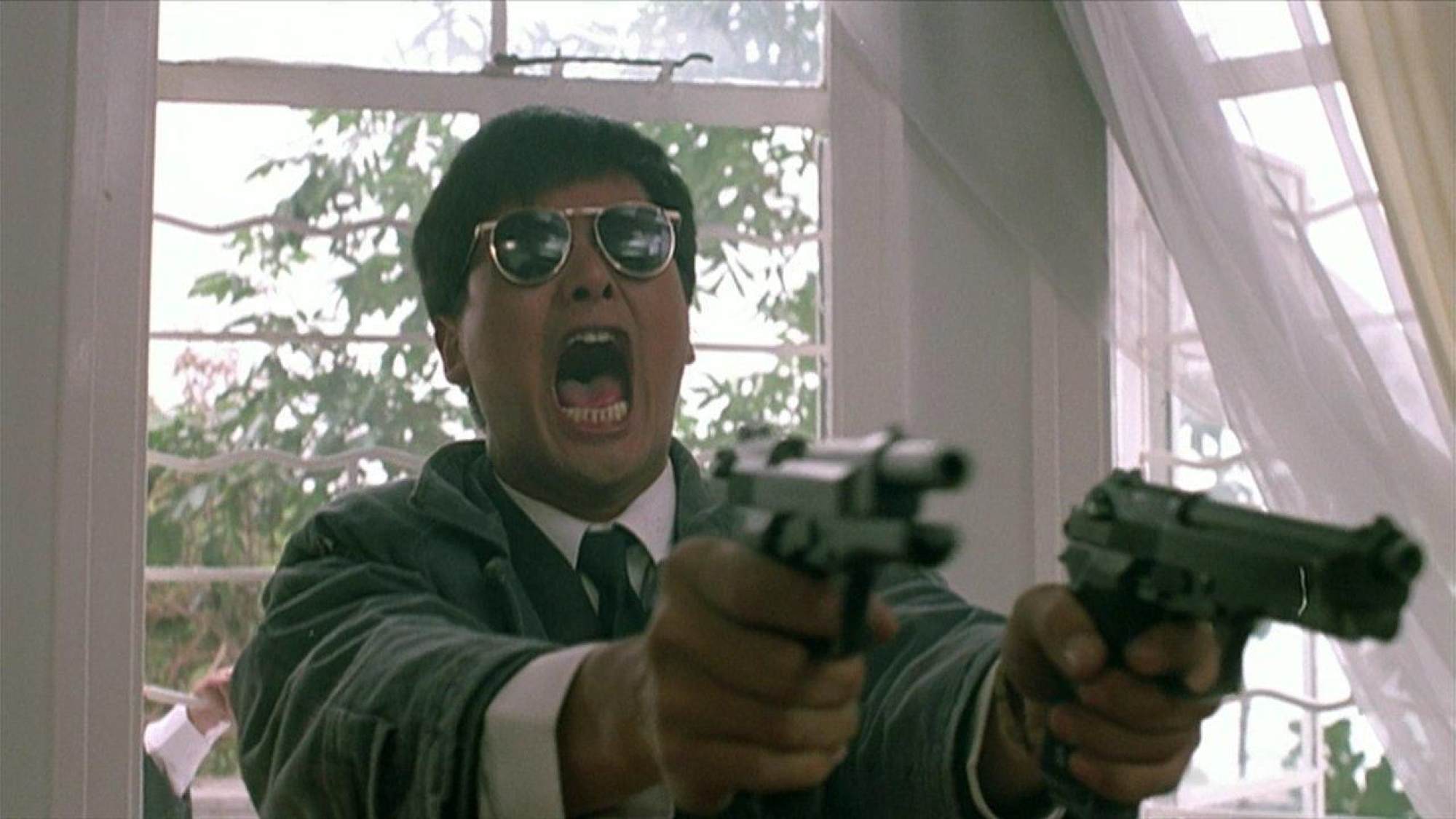
A Better Tomorrow
The dance-like moves, in slow motion, of long-coat-wearing Brother Mark (played by Chow Yun-fat) shooting with two guns are actually martial arts movements. This moviemaking style of Woo’s later spread to Hollywood.
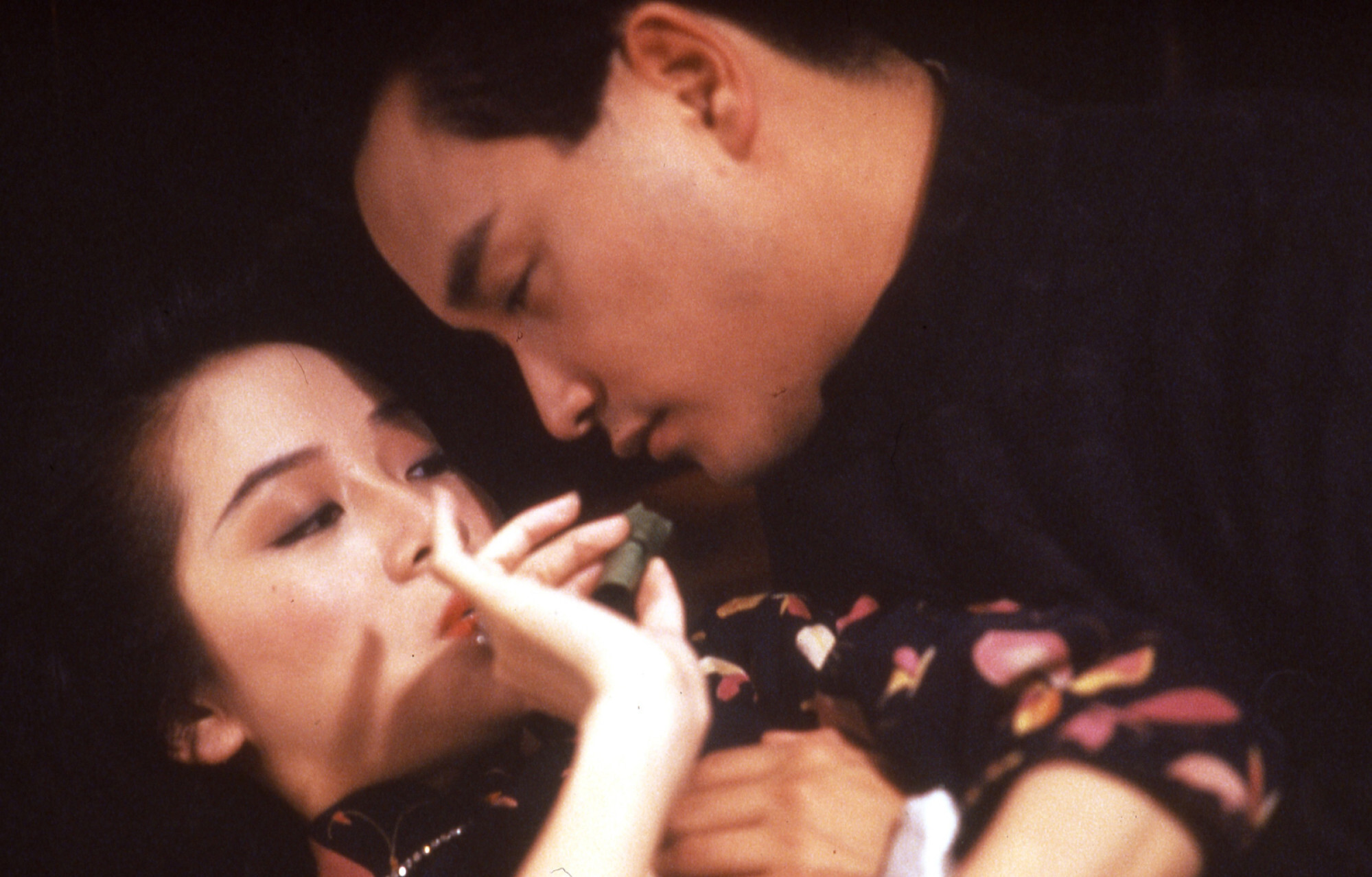

Seven Years in Taiwan
While Hong Kong’s film industry was at its peak at that time, it did not hold much attraction for me. My style was too artistic. The movies I wanted to do were too boring for producers then. Taiwanese actor Wu Hsing-kuo asked me to work with him on theatre production Medea. I liked the idea as I could work with people who were well-versed in Peking opera, so I left Hong Kong for Taiwan in 1993.

The fighting scenes towards the end showing an agile and skilful Yeoh were the result of good editing. She actually didn’t move at all when making those scenes due to her leg. I never thought that I would win the Oscar for best art direction for this movie.
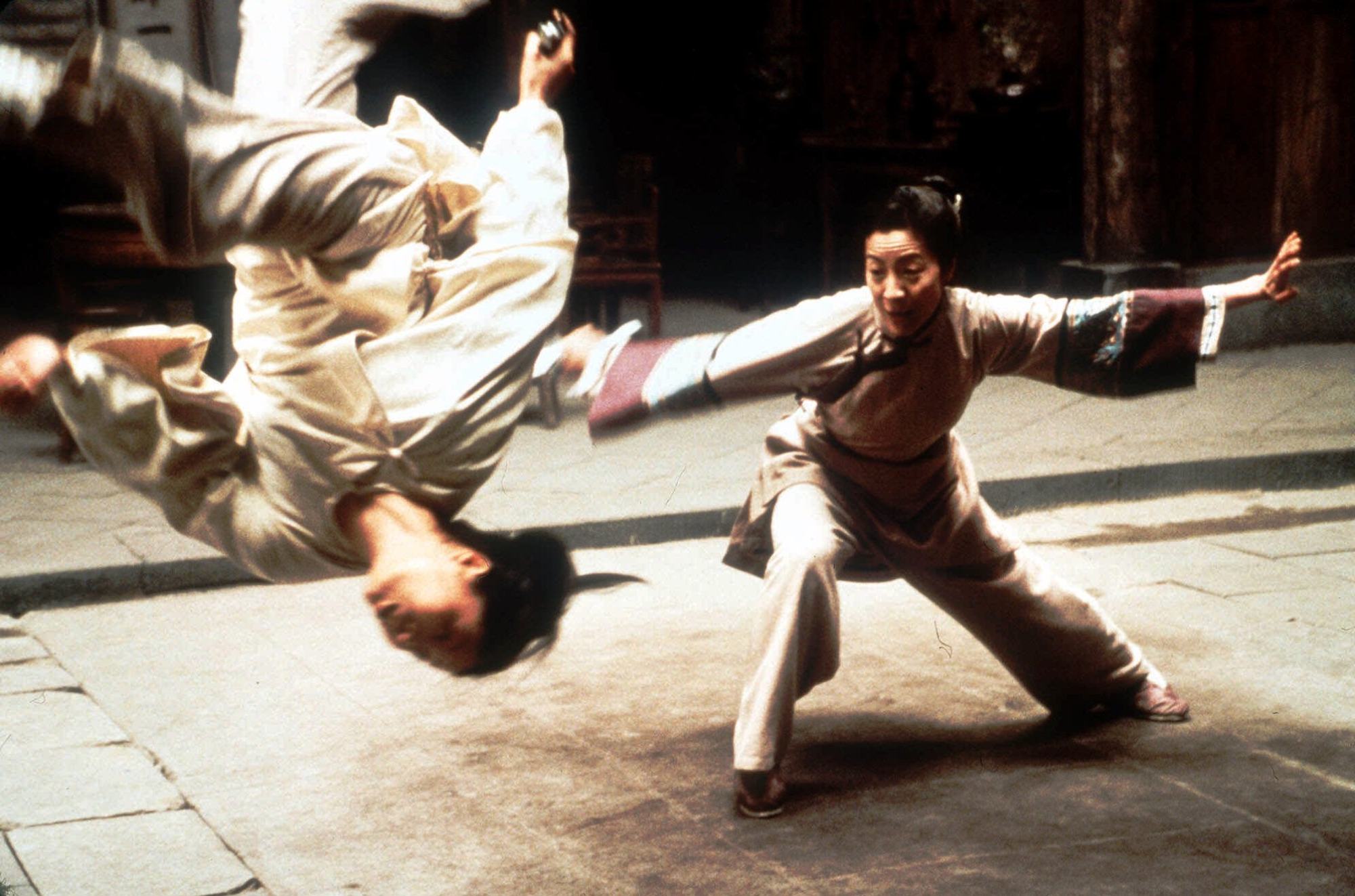
Travels in China
I have just finished working on Chinese mythology movie series the Fengshen Trilogy, directed by Wu Ershan. Wu flew to San Francisco where I was working on an opera to persuade me to work with him. Now I won’t get involved in a movie easily as it takes several years to make one. But I was touched by his sincerity.
I spent one year travelling around China with him to see how Chinese mythology motifs are presented in Buddhist statues, sculptures and old temples. The world portrayed in Fengshen has lots of architecture from the Shang dynasty (1600-1046BC).
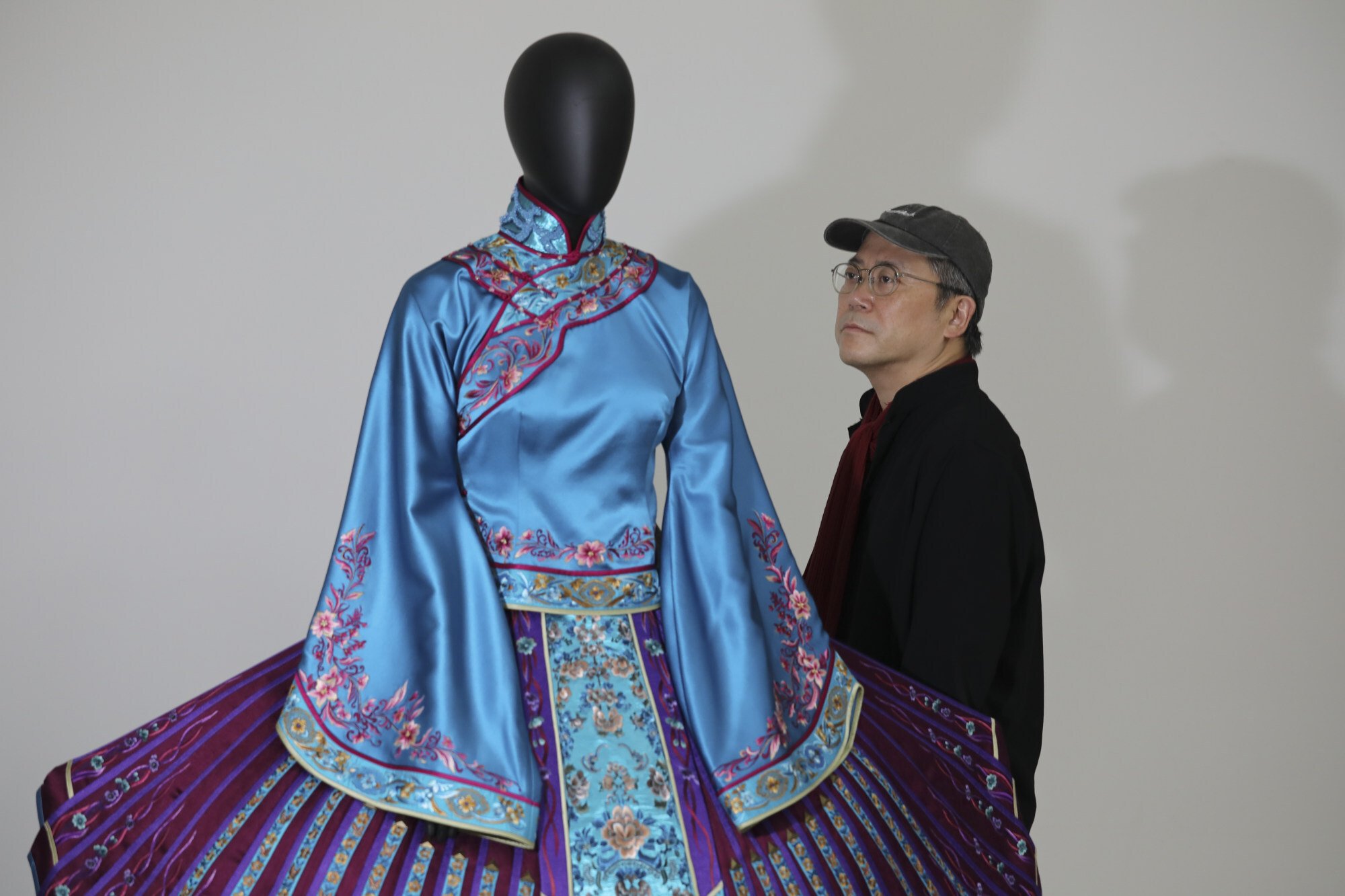
Disney World
While the Americans respected me, they still have their own ideas, such as that Mongolians should wear trousers instead of long robes as the audience like to see trousers.
So instead of being cultural products, Hollywood’s output is driven by commercial factors. I have not become used to this working style.

Winning designs

Putting on a show
Next year, I will do a solo art show at the V&A Museum in the UK, the most important show of my artistic career. In 2018, I invited 25 London artists to recycle rubbish into clothes for the art project Cloud. We became good friends and I started making a film about them. Later, more designers came on board.

